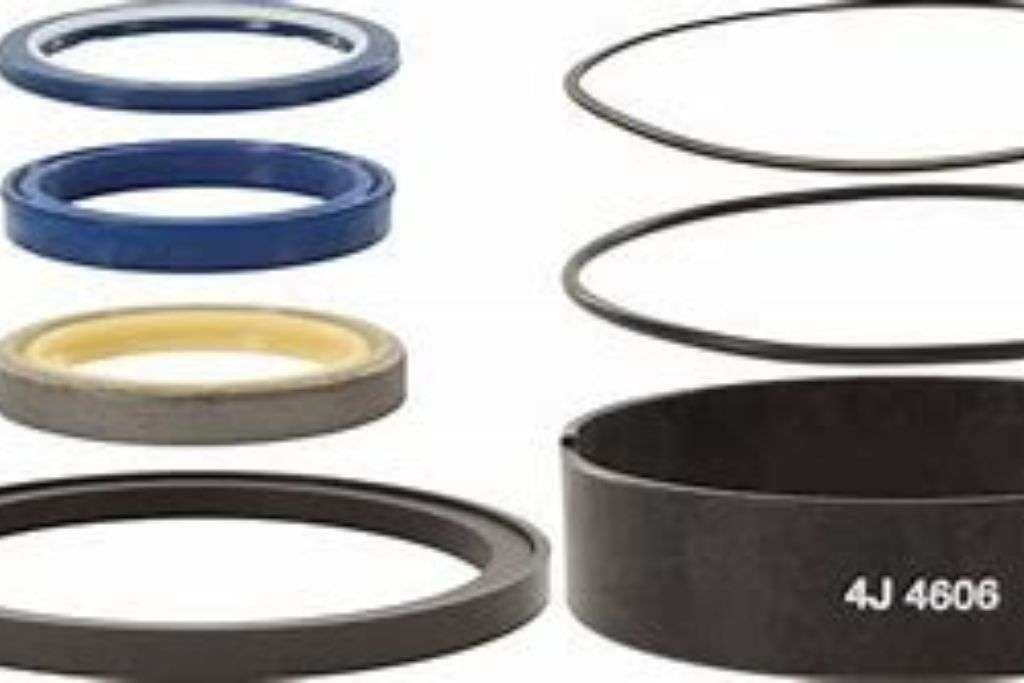
Aug 3,2023
When it comes to heavy machinery and construction equipment, reliability, performance, and efficiency are the key factors that can make or break a project's success.
Caterpillar Inc., a renowned leader in the construction and mining industry, understands the significance of these aspects and continuously strives to provide innovative solutions for their customers. Among the many offerings that Caterpillar provides, Caterpillar seal kits stand out as a game-changer.
In this blog post, we will explore how Caterpillar seal kits significantly enhance equipment performance, ensuring seamless operations and optimal productivity. So, if you're curious about unleashing the true potential of your machinery, buckle up, and let's dive into the world of Caterpillar seal kits!
Before we delve into the benefits and impact of Caterpillar seal kits, let's first grasp what they are and how they function. Caterpillar seal kits are specialized packages that include various seals, gaskets, and O-rings designed to replace worn-out or damaged seals in Caterpillar equipment.
These kits are meticulously engineered to meet the highest quality standards, ensuring a perfect fit and robust performance.
Here, we explore the incredible ways Caterpillar seal kits can revolutionize your equipment's performance:
Nothing is more frustrating than experiencing unexpected breakdowns and downtime due to faulty seals in your equipment.
Caterpillar seal kits effectively address this issue by providing high-quality seals that improve equipment reliability. By preventing fluid leaks and contamination, these seal kits keep your machinery running smoothly and reduce the risk of costly repairs.
Caterpillar seal kits play a crucial role in optimizing the performance and efficiency of your equipment. The precise fit and durable materials ensure minimal friction and improved sealing, resulting in reduced energy loss and enhanced overall efficiency. As a result, your machinery can accomplish more tasks in less time, translating into significant cost savings.
Regular wear and tear can take a toll on the performance and lifespan of your equipment. However, Caterpillar seal kits can extend the life of critical components by preventing premature wear and failure. By investing in these kits, you're investing in the longevity of your machinery, maximizing your return on investment.
Equipment repairs and maintenance can be expensive, especially when dealing with major breakdowns. Caterpillar seal kits offer a cost-effective solution by providing all the necessary components in one package. This eliminates the need to purchase individual seals and minimizes downtime, resulting in substantial cost savings over time.
Caterpillar seal kits are a powerful tool for boosting equipment performance and efficiency. By ensuring enhanced reliability, optimal performance, prolonged lifespan, and cost-effectiveness, these seal kits are a valuable investment for any construction or mining project.
Embrace the power of Caterpillar seal kits, and witness the transformation of your machinery into a well-oiled, high-performing workhorse. Don't miss out on the opportunity to unleash the true potential of your equipment!
Q: Can I use Caterpillar seal kits for any Caterpillar equipment model?
A: Caterpillar manufactures seal kits specifically tailored for various equipment models. You can easily find the appropriate seal kit for your machinery through authorized Caterpillar dealers.
Q: Are Caterpillar seal kits difficult to install?
A: Not at all! Caterpillar seal kits are designed for easy installation. They come with clear instructions and are engineered to fit precisely, ensuring a smooth replacement process.
Q: How often should I replace the seals in my equipment with Caterpillar seal kits?
A: The replacement frequency depends on the usage and operating conditions of your machinery. However, it is recommended to adhere to the manufacturer's maintenance schedule and inspect seals regularly for signs of wear or damage.